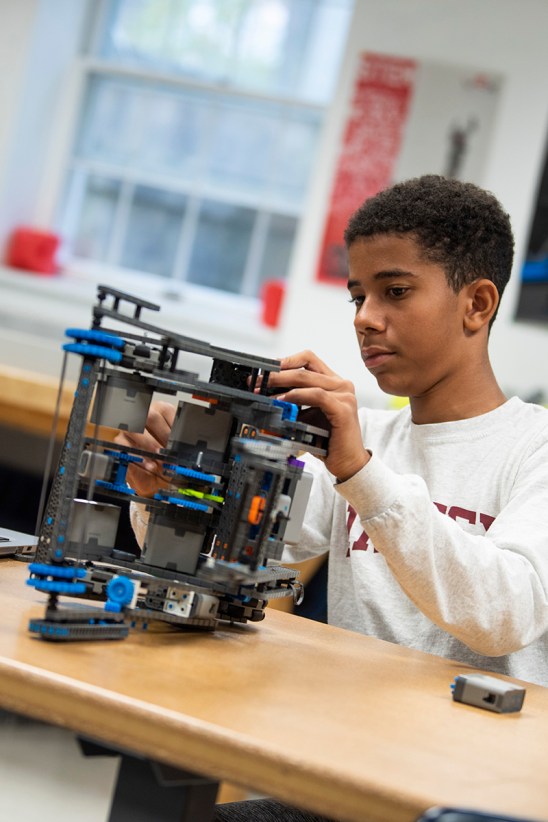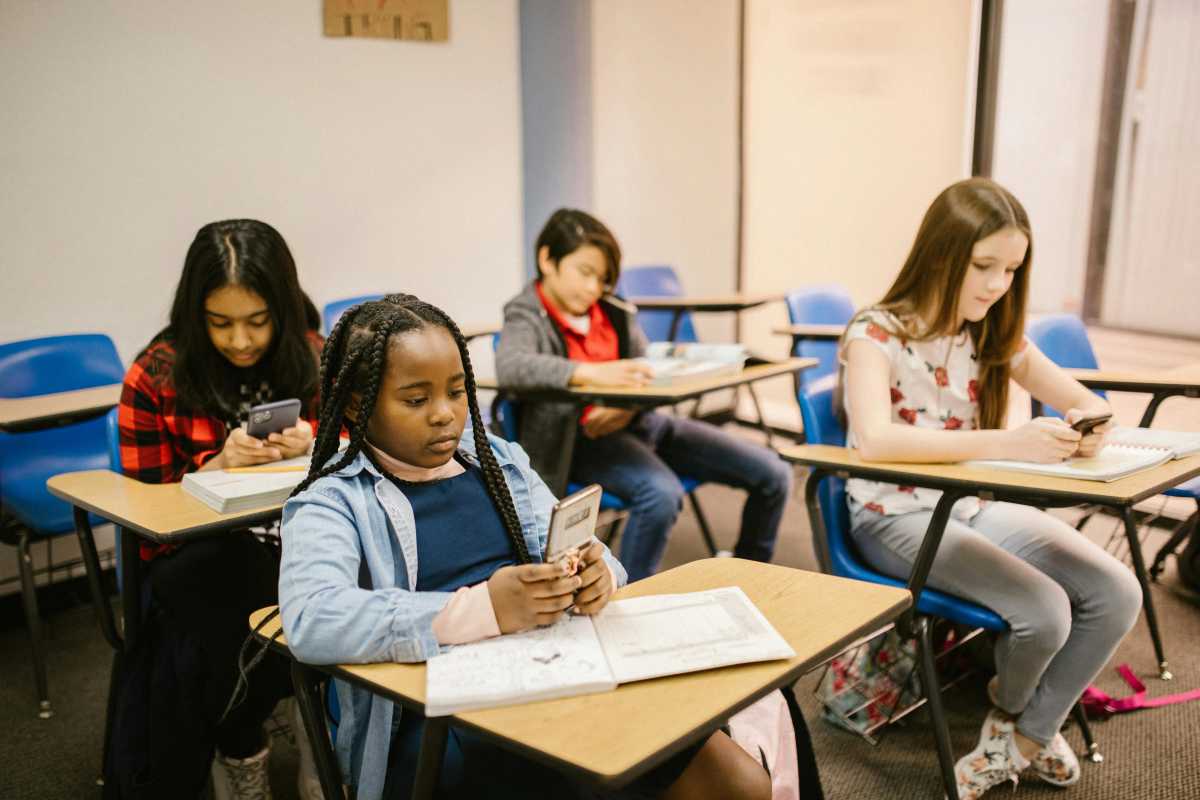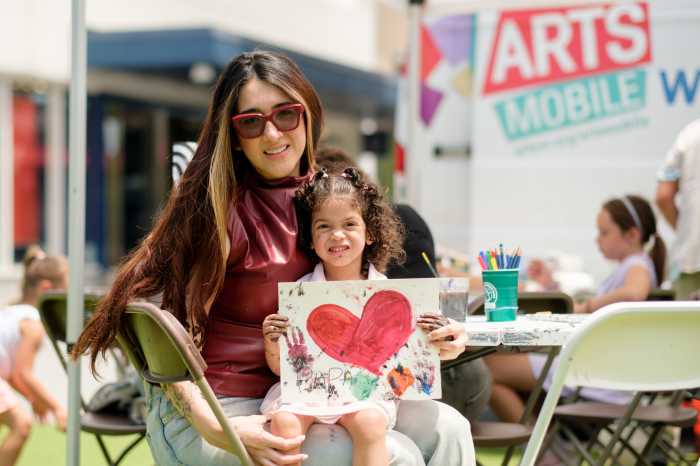It’s no secret that coding has risen in popularity among elementary school-age kids and the ‘tween set. With schools all over Westchester holding free Hour of Code events organized by code.org, children as young as kindergarten are getting exposure to coding at a young age and joining the more than 720 million students worldwide who participated in the event this past year. But what will it take to engage students, particularly girls, in coding long-term and what can be done to help prevent them from losing interest in it, which peaks as girls enter adolescence?
Experiential learning is key
Coding is a vague term for most girls, according to Roberta (Beta) Atunes, the CEO of Hack, an award-winning laptop that invites children to hack safely in order to learn coding. “Children don’t understand that coding is everywhere. They have so much access to technology but it gets consumed in a very passive way. They can be playing a video game but have no understanding that behind that game is a database and computer language.”
Girls gravitate to coding when they are exposed to it in an experiential learning environment. Dorothy Forcina, Chief Marketing and Communications Officer at Girl Scouts Heart of the Hudson noted that the Girl Scouts specifically created new coding badges nearly two years ago that incorporate experiential learning. Partnering with tech-related groups such as code.org and GoldieBlox, the new coding badges offer progressive challenges that are age-appropriate and feature fun activities such as Programing Robots and Race Car Design. And the initiative seems to be paying off, as Girl Scouts are almost twice as likely as non-Girl Scouts to participate in STEM activities (60% versus 35%).
Appealing content for girls
But even if your daughter isn’t getting exposure to coding through Girl Scouts, coding in the classroom or at home needs to have content that appeals to girls. “In the past two years, I’ve seen a huge increase in the number of girls interested in coding. I think this has a lot to do with the content available on learning-to-code websites and apps. For example, in 2018 the “Hour of Code” was entitled “Dance Party.” This appealed to many girls who don’t identify as “gamers” and are uninterested in coding video games,” explains Jenny Gieras, an elementary school teacher in Chappaqua who is passionate about incorporating technology in her classroom.
But not all girls in Westchester have exposure to coding like those in Gieras’ class or even the broader topic of computer science. According to Girls
Creating safe spaces for girls
Atunes feels that “girls can be intimidated by technology” and recent research conducted by Microsoft and KRC Research echoes that sentiment with 25% of middle school girls reporting they are too embarrassed to ask questions in STEM courses. Atunes notes that many girls are conditioned to not make mistakes or push boundaries. Coding is the antithesis of that. “With coding, you test something out and implement it and if it doesn’t work you try again. Coding teaches you how to deal better with failure and how to become more resilient,” believes Atunes.
Girls need a safe space to make mistakes in coding and that often leads non-profits such as Girls Who Code and Girl Scouts to tout the benefits of girls working as a team and tackling coding together. “Girls thrive with coding in an all-girl environment. It builds their confidence and their self-esteem and early exposure is key,” explains Hada Reed, Chief Mission Delivery Officer at the Girl Scouts.
In Gieras’ classroom when girls are in small groups working on coding together, their engagement level is much higher than when they work alone. “Consistently, I see a great deal of collaboration about decision-making and I think this group setting offers comfort and stability in an experience that may otherwise feel new and uncomfortable,” explains Gieras.
Lana Butterfield Pattinson with a third grader involved in a Girl Scout program called Techno Chicklets, believes that when “girls at a young age learn coding together, it develops their confidence and teaches them to not be afraid to share their opinions.” Parental encouragement in STEM activities is also key for girls. They are twice as more likely to stick with STEM activities such as coding if their parents support them, according to research from Microsoft.
“I’m optimistic that as software developers and web designers realize what appeals to young girls, and teachers and parents realize the importance of coding and specifically getting girls on board with coding, that there will be an upswing in the number of girls who get interested in code at a young age, and stay interested as they progress to middle school and high school,” explains Gieras. With the U.S. Bureau of Labor Statistics predicting that technology professionals will experience the highest growth in job numbers between now and 2030, hopefully Gieras is correct.
Stacey Pfeffer is a writer and editor based in Chappaqua.
















